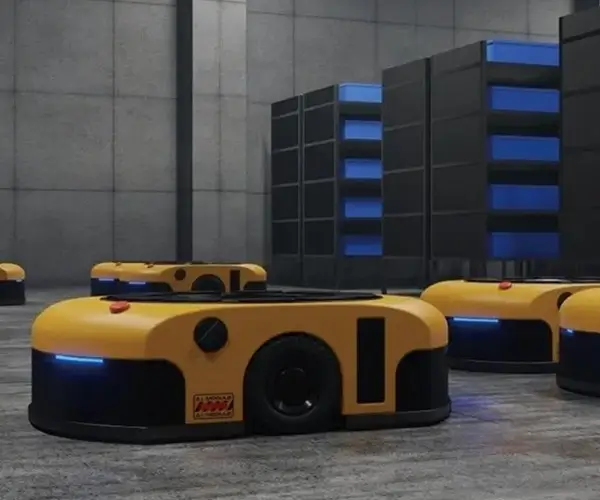Think about a bustling city. Every building, every street, is perfectly coordinated in its own way, yet together they create a lively, dynamic environment. That’s what designing a microservices architecture resembles. Instead of building a huge monolith, you break things down into smaller, independent units that work seamlessly together. But here’s the thing—how do you make sure all these pieces fit without falling apart? That’s where design patterns, particularly saga patterns, come into play.

Imagine managing a multi-step process across different microservices. Like ordering a custom dinner: you pick the main course from one place, the sides from another, drinks from a third. Something goes wrong along the way—maybe the kitchen runs out of ingredients or the delivery gets delayed. The saga pattern is like your contingency plan. It coordinates these steps, ensures consistency, and even rolls back changes if needed. You might ask, “How does that work in real code?” Well, instead of traditional transactions that lock everything up, sagas break down a process into manageable, isolated transactions. If one step fails, compensation happens—like sending the chef to fix the mistake or canceling an order automatically.
The beauty of saga patterns is in their flexibility. They allow services to communicate asynchronously, reducing bottlenecks. Imagine sending a message via a message bus, which keeps everything decoupled but still in sync. It’s a ballet of events—each service catching its cue at just the right time. How does this affect scaling? Significantly, actually. With sagas, handling more simultaneous transactions becomes smoother because you’re not waiting around for one big lock to clear. Instead, each microservice is like a solo performer, playing their part while knowing the entire show must go on.
Now, why choose saga patterns over traditional two-phase commits? Well, picture trying to organize a flash mob in a city square. It’s chaotic, and someone might chicken out or forget their moves. Sagaa offers a grip on complexity—making sure everyone’s in sync, but with room to adapt if someone falters. It's particularly handy in cloud environments where failures are expected but shouldn’t cause a complete breakdown.
Curiosity might hit: “Isn’t implementing this complicated?” Not necessarily. With well-structured messaging and proper event handling, sagas become almost intuitive. Think about a chain of dominoes—once you know the pattern, knocking them down becomes satisfying, not frustrating.
From a business standpoint, this kind of resilient, scalable architecture is worth its weight in gold. It means less downtime, more agility, and quicker responses to changing demands. When everything runs smoothly, your customers notice. Their experience gets better—faster, safer, more reliable.
So, if you’re eyeing microservices with a long-term vision, don’t overlook saga design patterns. They’re not just a fancy tool—they’re a game-changer for orchestrating complex, distributed workflows. Reliability, flexibility, scalability—these aren’t buzzwords; they’re the backbone your architecture needs. Ready to take that leap? Because once you get the hang of sagas, you'll see your system running like a well-oiled machine.
Established in 2005, Kpower has been dedicated to a professional compact motion unit manufacturer, headquartered in Dongguan, Guangdong Province, China. Leveraging innovations in modular drive technology, Kpower integrates high-performance motors, precision reducers, and multi-protocol control systems to provide efficient and customized smart drive system solutions. Kpower has delivered professional drive system solutions to over 500 enterprise clients globally with products covering various fields such as Smart Home Systems, Automatic Electronics, Robotics, Precision Agriculture, Drones, and Industrial Automation.




































